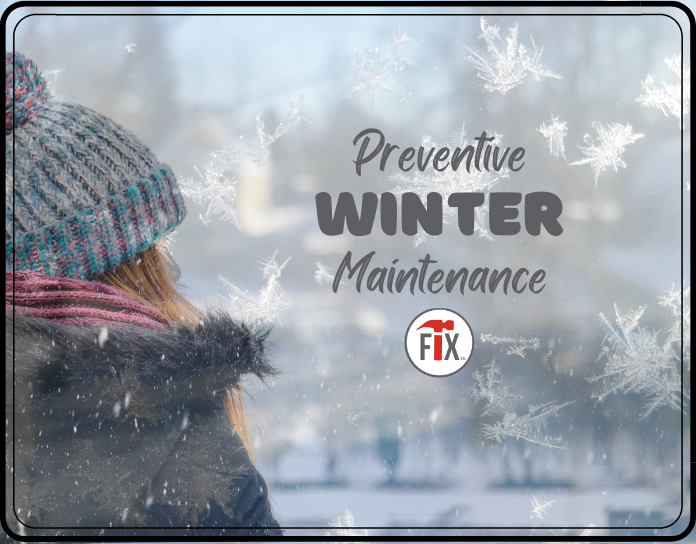
Updated: 05/12/2024
As much as I hate to admit it, Winter is finally here! Time to break out the hats, coats, gloves, and snow shovels! The good news is, just like snow sledding, our Old House Maintenance is all "down hill" from here. This is the time of year where we basically monitor, inspect, and largely benefit from the fruits of our previous spring, summer, and fall maintenance. So sit back, and let My Old House"Fix" walk you through all your Winter Preventive Maintenance tasks, in and around your Old House. Let's get to work, its really not as hard as you might think!
Winter has arrived!!!
Winter preventive maintenance checks are much like an abbreviated "whole house" inspection (at time of purchase), previously covered HERE.
SO, WHAT IF I'M NOT HANDY AROUND THE HOUSE?
Thats ok! Home inspections aren't just reserved for real estate transactions. If you aren't handy around the house, and are left wondering if your home may need a little TLC to keep it in tip-top shape, by all means, hire a home inspector. They will evaluate your house, give you a detailed to-do list, and even perform a follow-up inspection to ensure the work was executed correctly, and to code.
Find out more from US Inspect HERE and check out the previous blog on this topic.
PREVENTIVE MAINTENANCE
So what is preventive maintenance? According to Grainger
Preventative maintenance is defined as regularly scheduled inspections, tests, servicing, replacements, repairs and other tasks intended to help reduce the impact and frequency of equipment failures. This includes scheduled preventative maintenance, predictive maintenance and inspection activities.
The objective of preventive maintenance is to repair or replace a component (caulk, grout, siding, shingles, etc) or system (plumbing, heating, cooling, electrical, etc) BEFORE it fails or experiences unexpected downtime.
Whether its your house, car, or lawnmower, preventive maintenance is key to extending service life, and reducing life cycle costs, repair, and premature replacement.
For example, it is much easier to maintain exterior caulk and paint, rather that ignore it for years and now the siding, framing, and structure are now rotten and compromised. You would now face a major repair bill.
Also, if you ever plan to sell, it is much easier/cheaper to keep a house maintained along the way, than to have a long laundry list that needs to be completed quickly before closing, and at a great expense! This could delay or prevent the sale once the home inspector shows up and documents years of neglect.
The 10 Most Common Homeowner Mistakes
So, given this info, My Old House"Fix" has formulated a plan to provide you with a proactive approach when it comes to Winter preventive maintenance! For this, we drafted a specific checklist, broken down into smaller tasks, and always by season! Winter picks up right where we left off with Fall inspections. With temperatures turning cold, we need to ensure our house is prepared - inside and out!
MY OLD HOUSE "FIX" WINTER PREVENTIVE MAINTENANCE CHECKLIST
Winter Preventive Maintenance Checklist
My Old House"Fix" has a checklist just for you! CLICK HERE to download and print your own PDF copy to use for your Winter preventive maintenance inspections.
1) WINTER PREVENTIVE MAINTENANCE
EXTERIOR
Roof - During snow, frost, and ice events, keep an eye on the entire roof deck and make note of any potential "hot spots" - places where precipitation has melted in very specific spots. See the picture above for an example. This would be an attic issue to address for air sealing, or where the insulation is insufficient, or has been disturbed. This allows hot air to escape and warm the back side of the roof deck and can lead to mold and mildew.
Roof (Ice dams) - Again, look for any snow that is melting and re-freezing at the edges of the roof. This ice and water can "backup" under your shingles and decking, and is a common cause of water damage in the winter. Read more on our Winter Tech Blog!
Gutters and Downspouts - This is the final opportunity to remove any remaining leaves. Also, monitor throughout winter and keep snow and ice cleared so snow melt won't back up or accumulate near the foundation.
Steps, Sidewalks, Patio, etc - Keep clear the ice and snow to prevent slip/fall hazards, and to minimize damage from freeze/thaw cycles.
Furnace Vent Pipes/Flues - Check in/around your vent pipes for snow and ice obstructions and blockage-Usually installed ~12" above snow grade. Be aware many icing problems are not weather related, but are a result of improper installation! Ex. holding boiler condensation from pipe sags, improper pipe slope, runs are too long, or to many elbows, etc.
Plumbing Vents and Stacks - Check in/around your vent pipes for snow and ice obstructions and blockage. This is not very common, but it's always good to take a few quick looks from the ground throughout the winter months.
Doors, Windows, Seals -
Monitor any/all areas (to include baseboards) and check for drafts and/or air infiltration throughout the season. Correct as needed to keep the cold air out. See our Air Sealing Tech Blog!
Plumbing (hose) - Store it for the winter, as it will last longer out of the weather.
2) WINTER PREVENTIVE MAINTENANCE
INTERIOR
Attic Check - Perform a quick check of the attic. This is just a quick follow-up from Fall to ensure no new leaks, water damage, and pest infiltrations have occurred.
A/C Service (attic/or basement) - If applicable, this is the final check to ensure that all the water/condensation has been cleared out of the drain lines/p-trap, so it does not freeze in the pipe.
Interior Plumbing - A quick check of ALL visible sinks, traps, drains, pipes, tubs, fixtures, and valves for minor leaks and proper operation.
HVAC Filter - Check and replace your HVAC filter between 1 month (cheaper fiberglass) and 6 months (dual layer and pleated). This will vary depending on the type of filter used.
Cooktop/Stove - Check the doors for proper sealing, check for gas leaks periodically, and deep clean every 1-3 months based on amount of cooking performed.
Garbage Disposal - Clean weekly, or at least monthly depending on frequency of use. Cleaning Hack: Freeze vinegar in ice cube trays. Toss in 3-4 with some spent lemon quarters to clean, and flip the switch. Also, never grind/use with HOT water (only cold), as hot water melts grease and fats in foods and results in more build-up. See our Plumbing Tech Blog for more info!
Perform a deep clean of the inside weekly, or at least monthly depending on frequency of use.
Refrigerator Check - Clean the interior every 3-6 months at a minimum. Clean/vacuum the condenser coils (dust) and check the drip pan. Also check the door seals for proper seal, and change the water filter (if applicable).
Clean monthly (and/or per manufacturers instructions). Check for leaks at water supply and drain connections, and ensure proper drainage. Finally, be sure to clean the internal removable filter (if equipped), and on a weekly basis.
Like some of the kitchen appliances seen here? Check out our Kitchen Resources page HERE ***
Washer/Dryer - Clean the inside of the washer and the door seals (especially front load) monthly, as they can build up a lot of "sludge" behind and under the stainless steel drum. Clean the dryer lint trap after EVERY use, as it can build up and cause a fire hazard!!!
Tile Maintenance - Winter is a good time to give your tile some love, while doing indoor maintenance. This IS very important, why? 1) Grout and stone is inherently POROUS 2) Wet locations MUST be kept water-tight at all times to prevent mold, mildew, and water damage 3) It does move, shrink, and settle after installation, so follow-on maintenance is usually required. BOTTOM LINE: Keep your tile and grout clean, re-seal every few years, despite what the store tells you, AND fix cracks immediately (re-grout/caulk, etc.)
Read HERE for more on Old House Preventive Maintenance.
I hope this information helps to promote a proactive approach for you this Winter in regards to performing Winter Maintenance on your home. Any questions/comments? Hit me up anytime in the comments section or join in on the discussions over on the Facebook Group . Thanks!
Best of luck, and keep on Fixing!

For more info visit: www.myoldhousefix.com
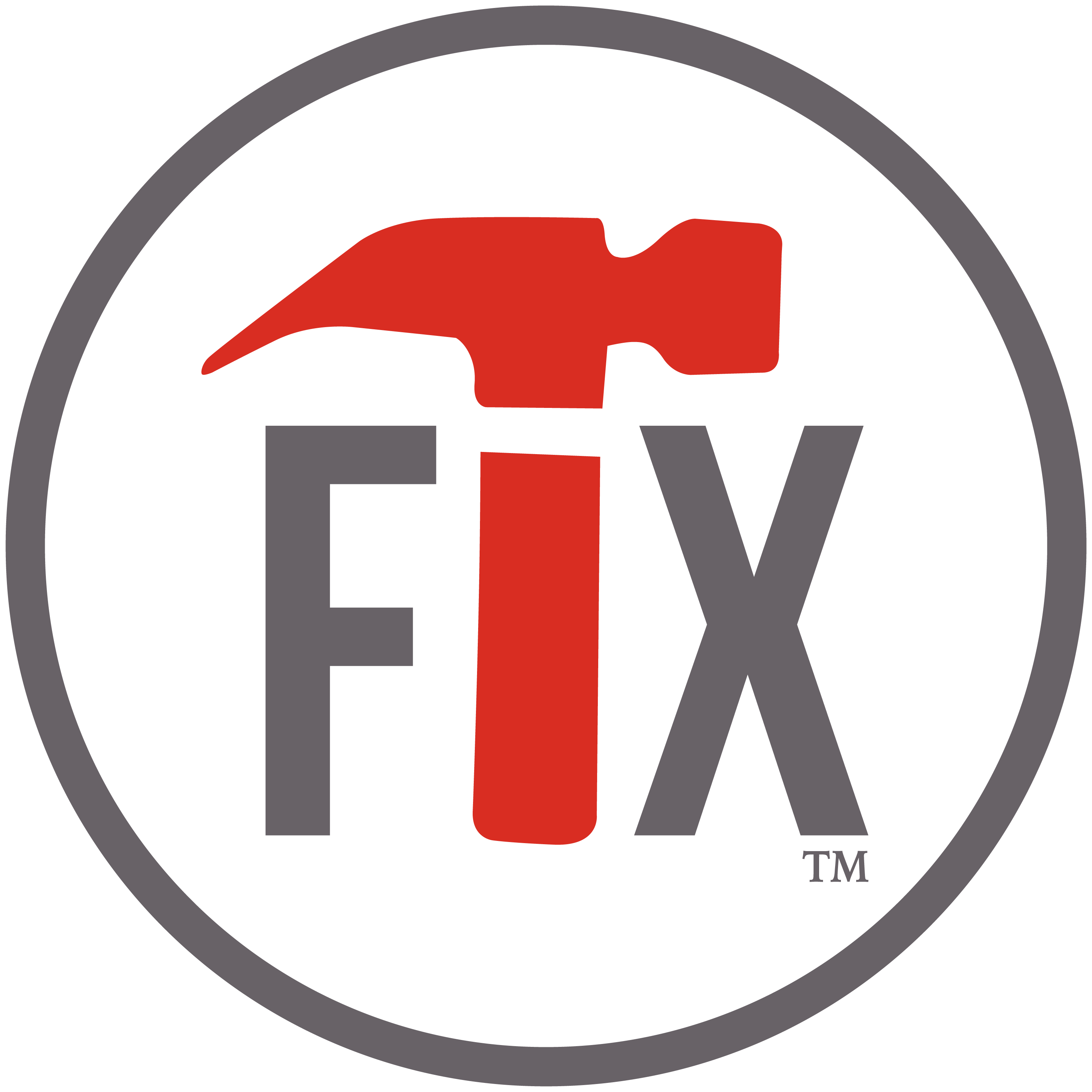
Posts may contain affiliate links. If you use these links to buy something, we may earn a small commission (at no additional cost to you). Full disclaimer HERE.

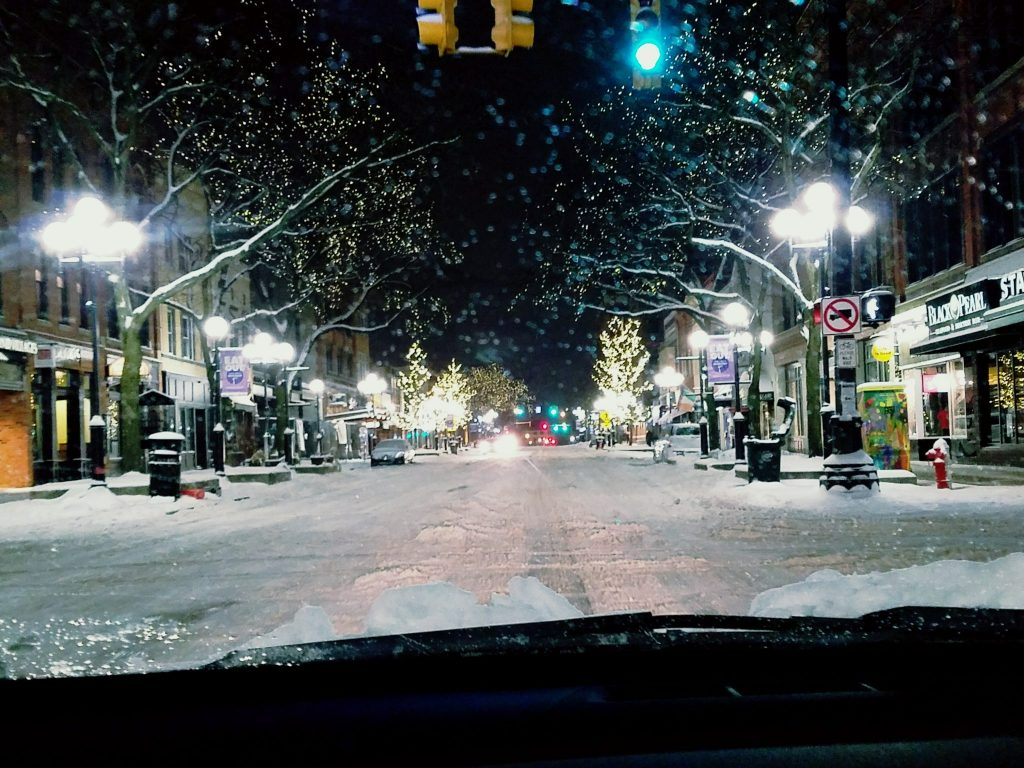
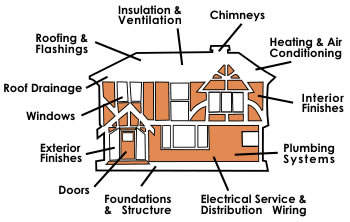
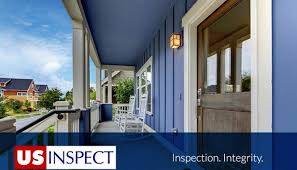
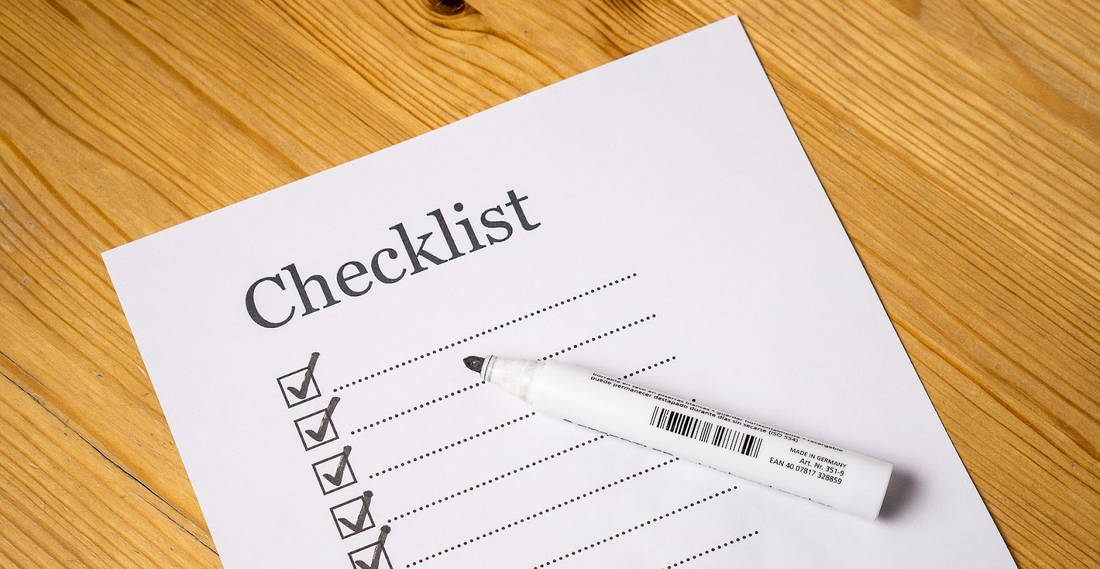

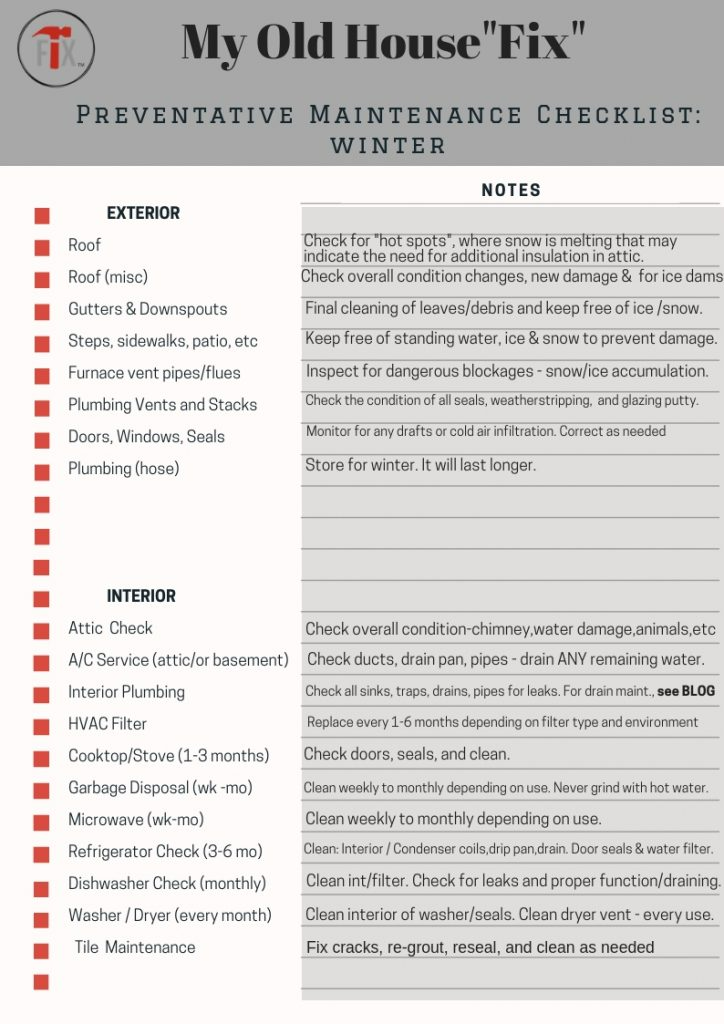
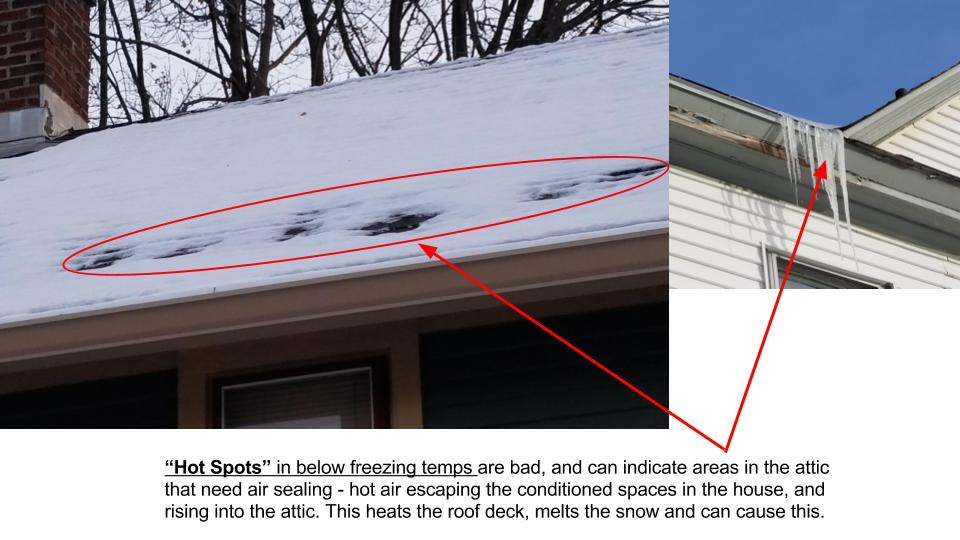
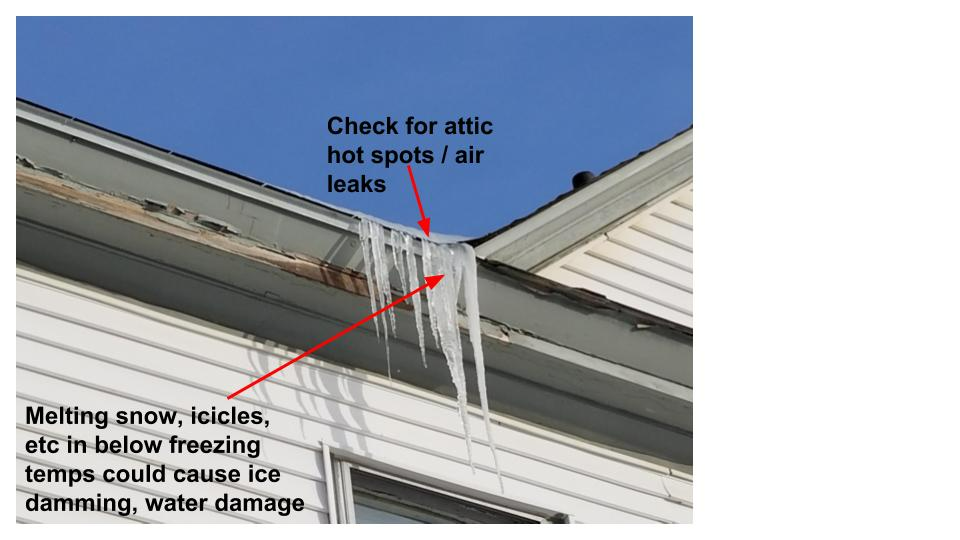
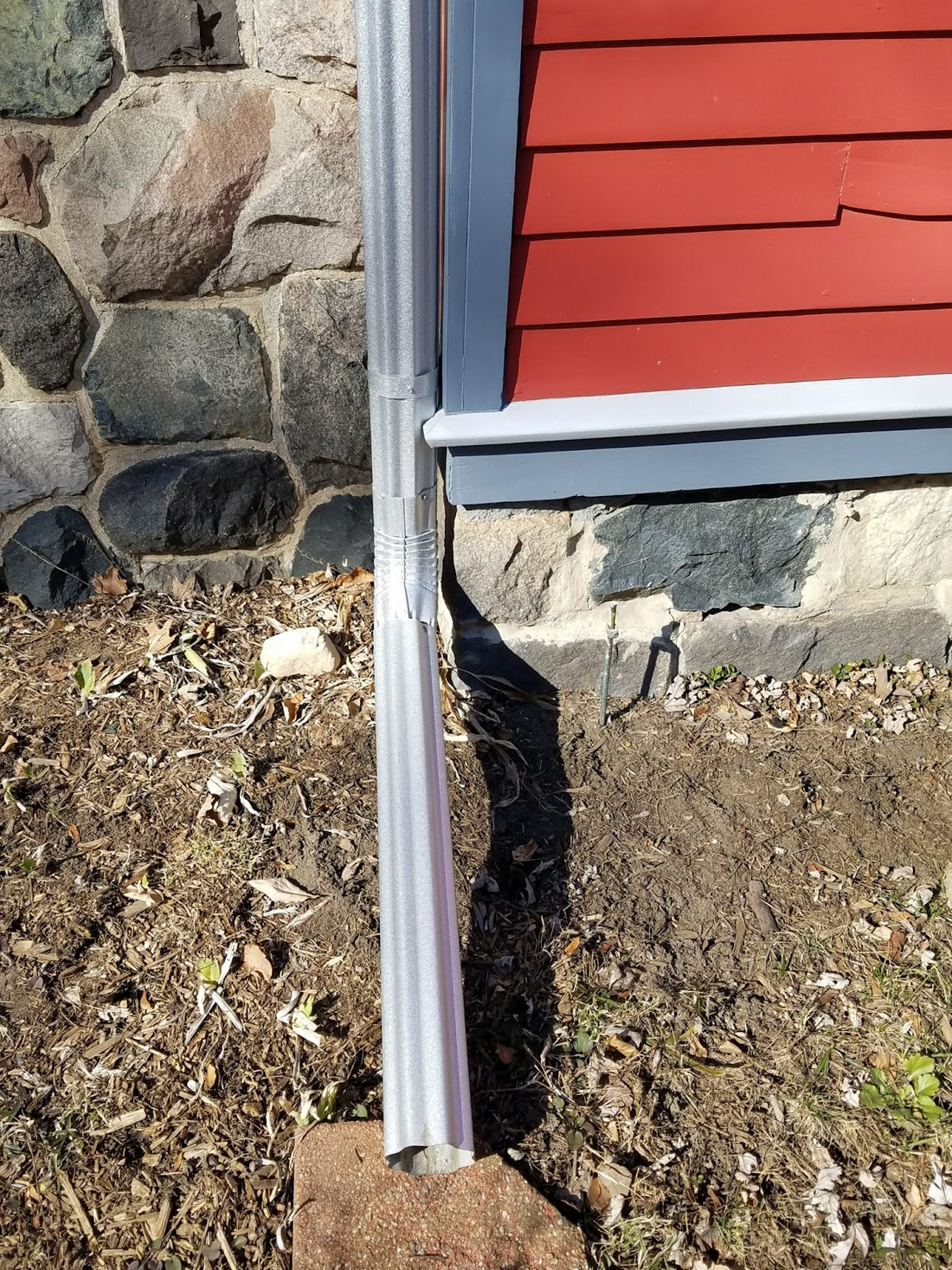
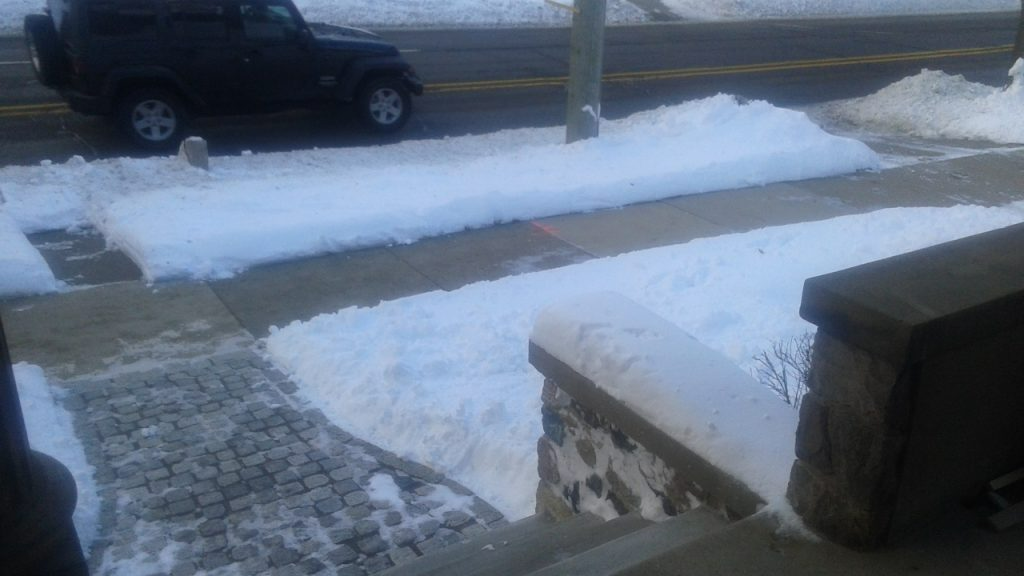
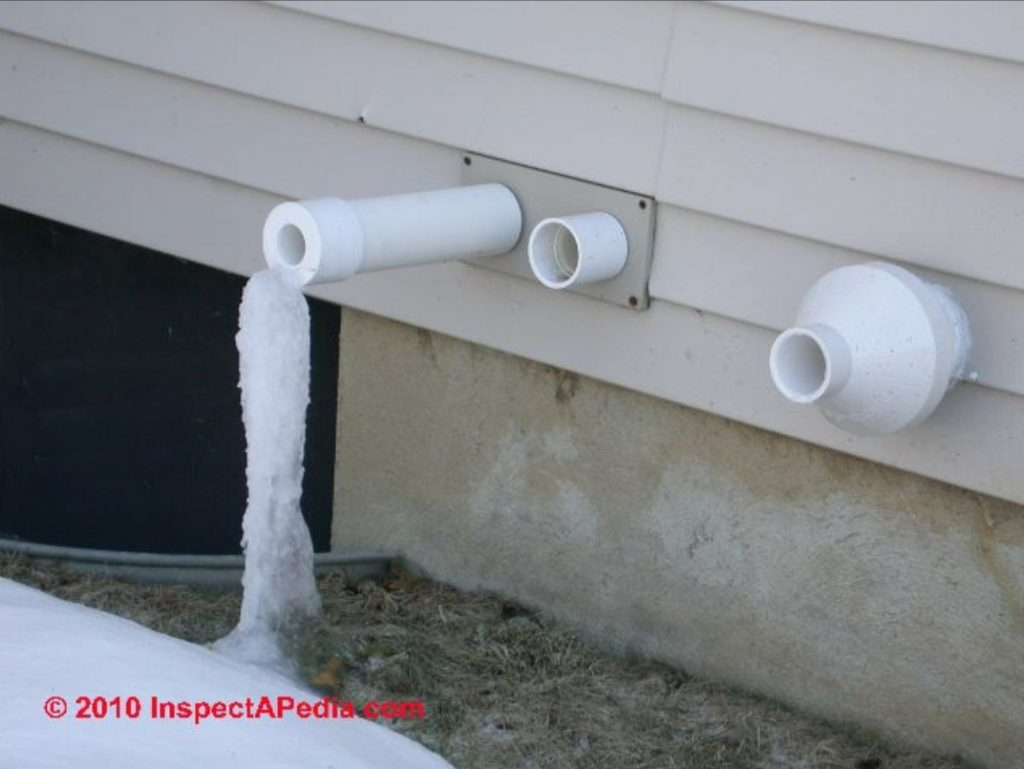
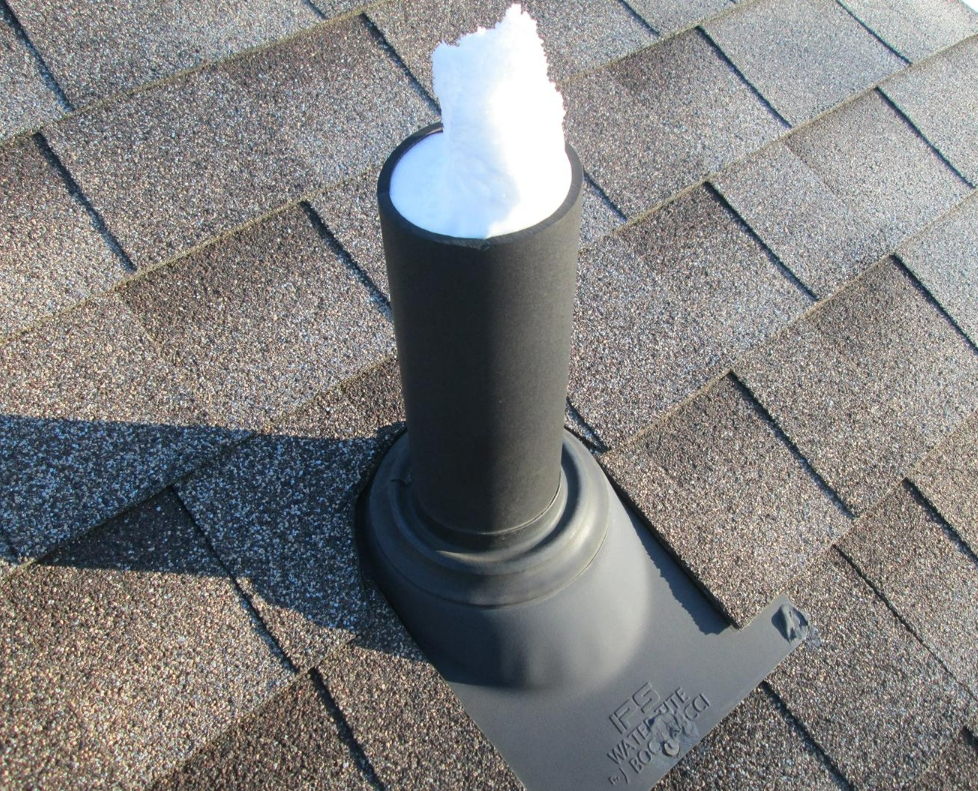
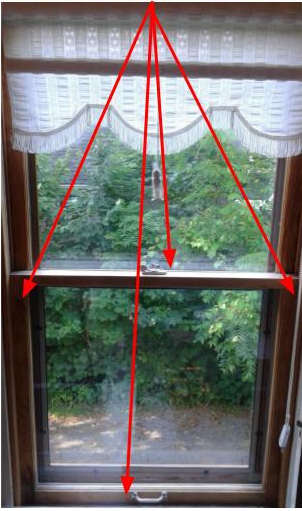
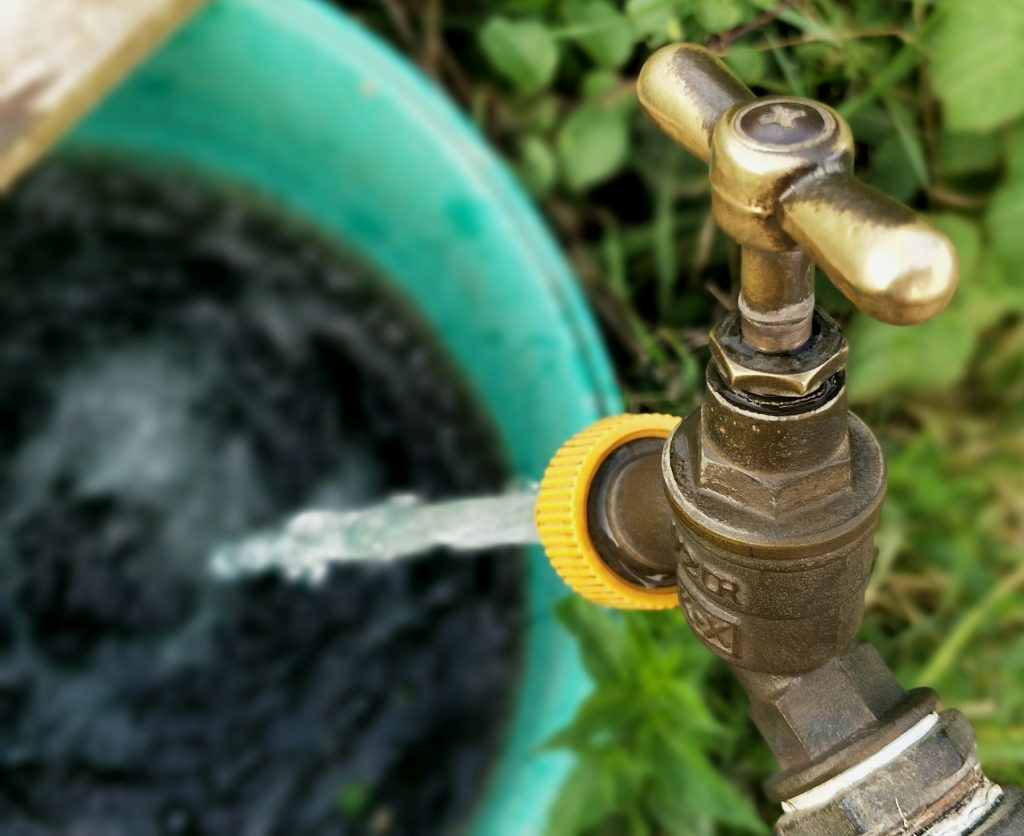
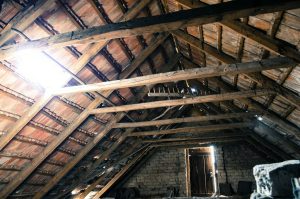
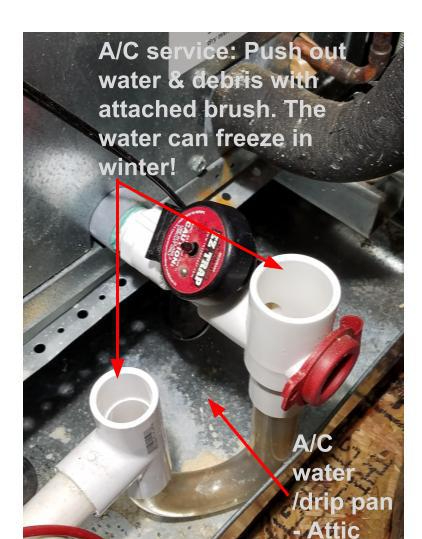
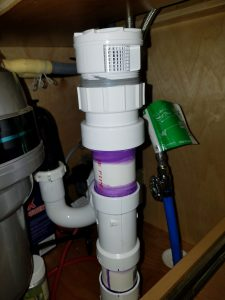
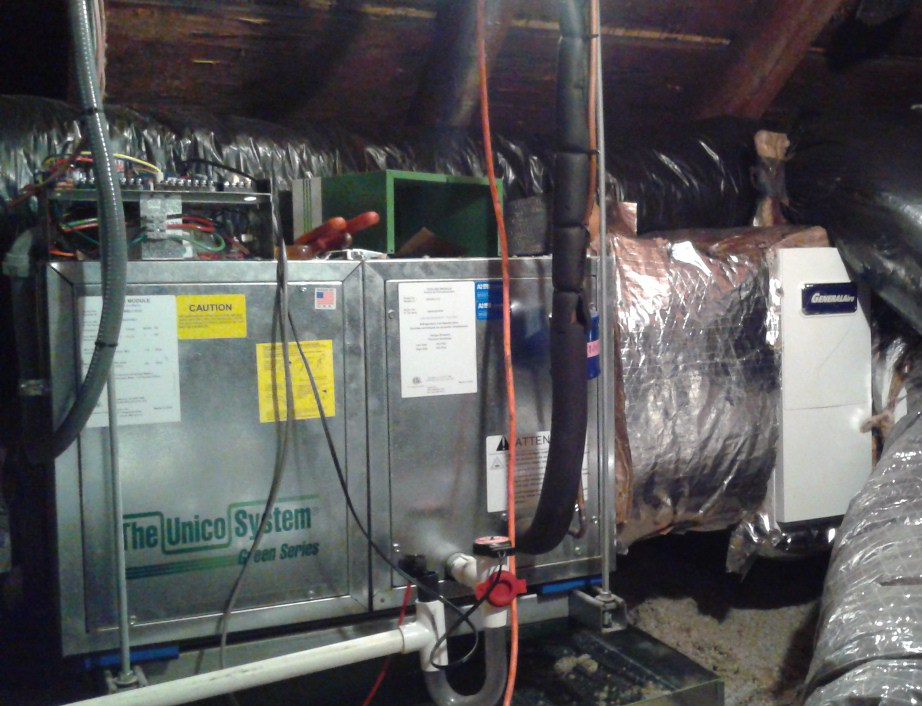
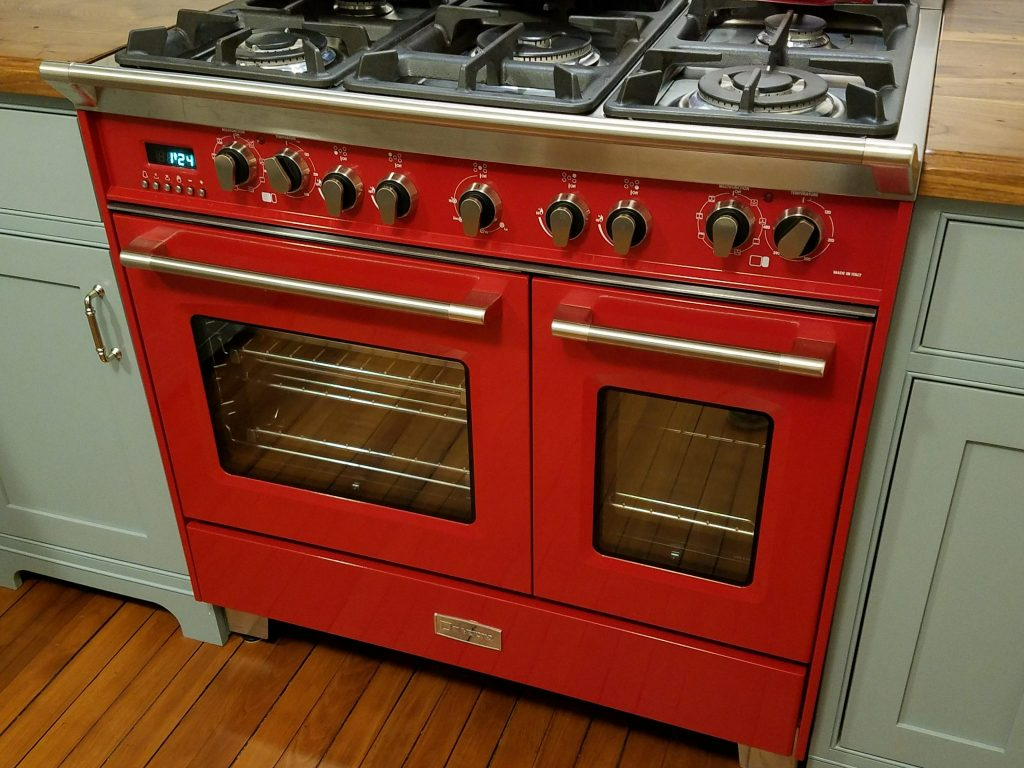
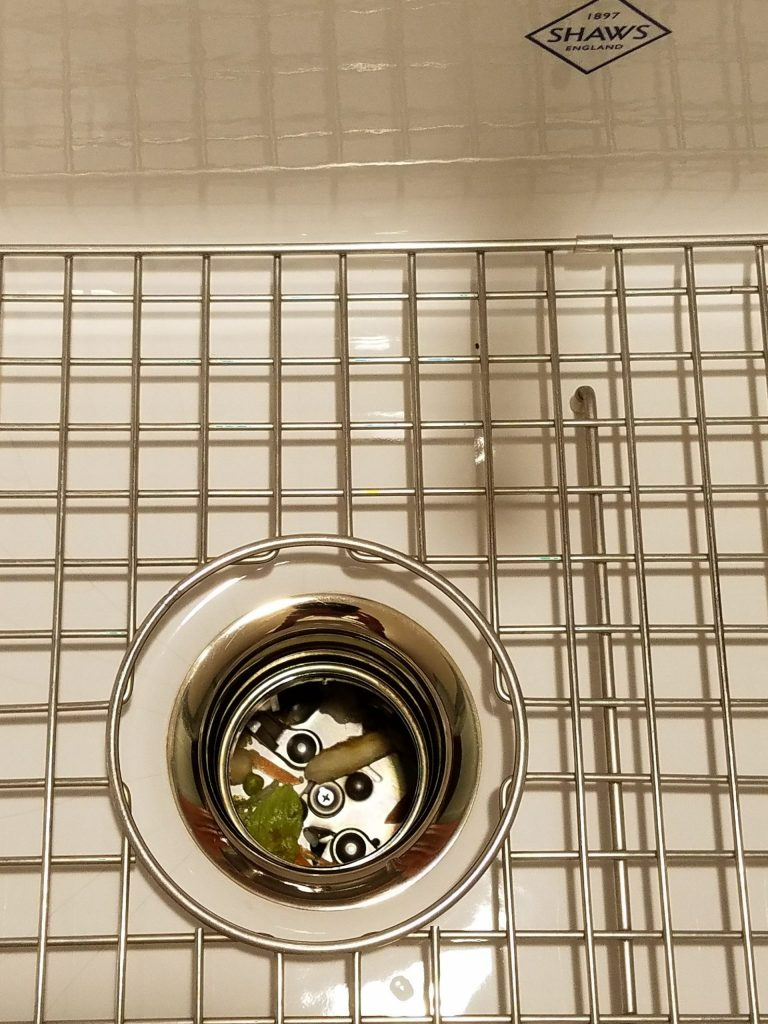
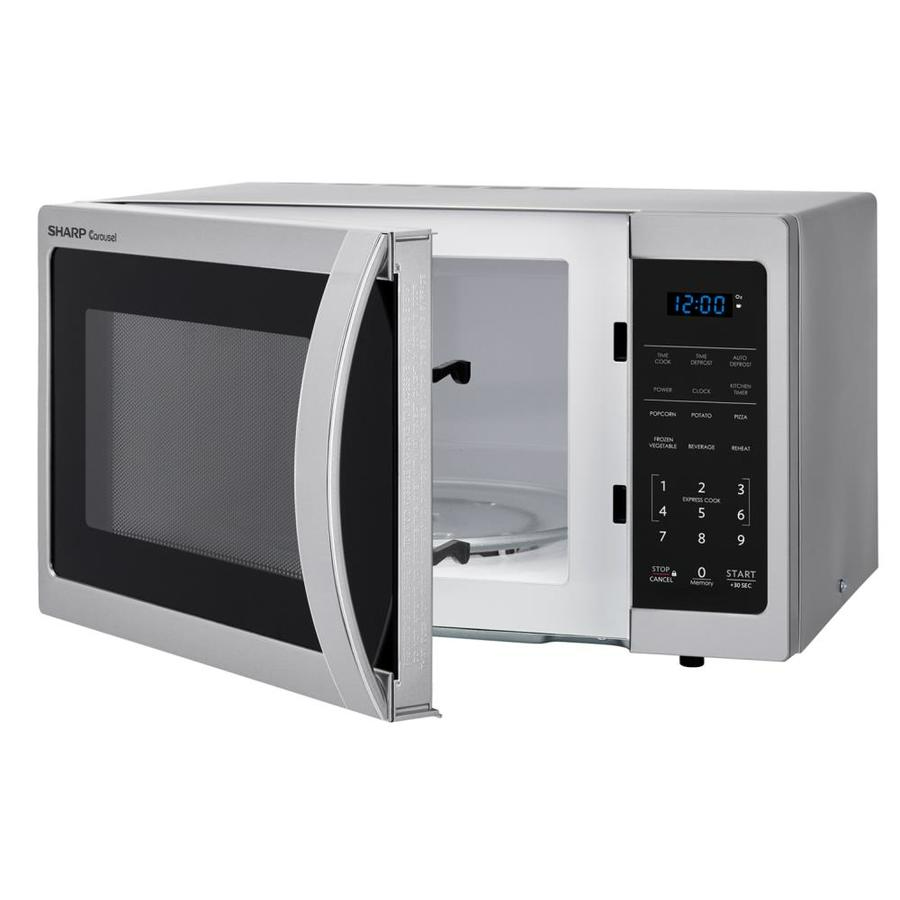
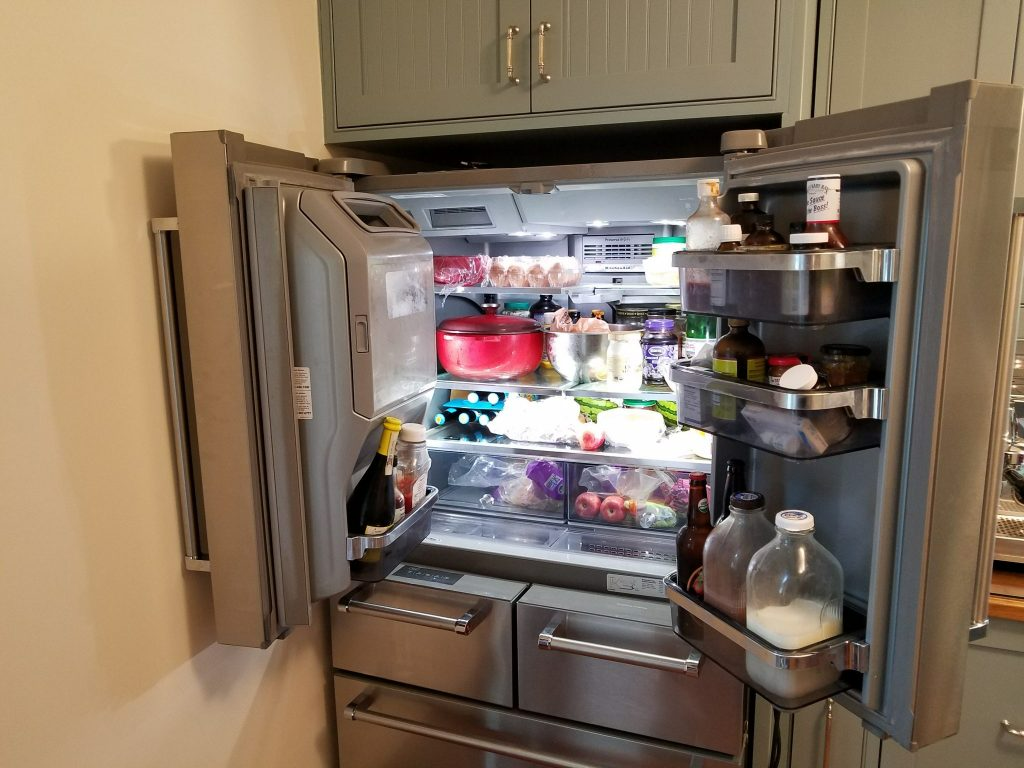
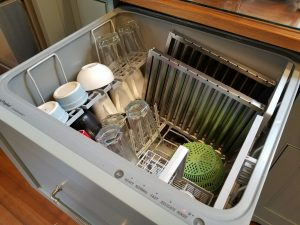
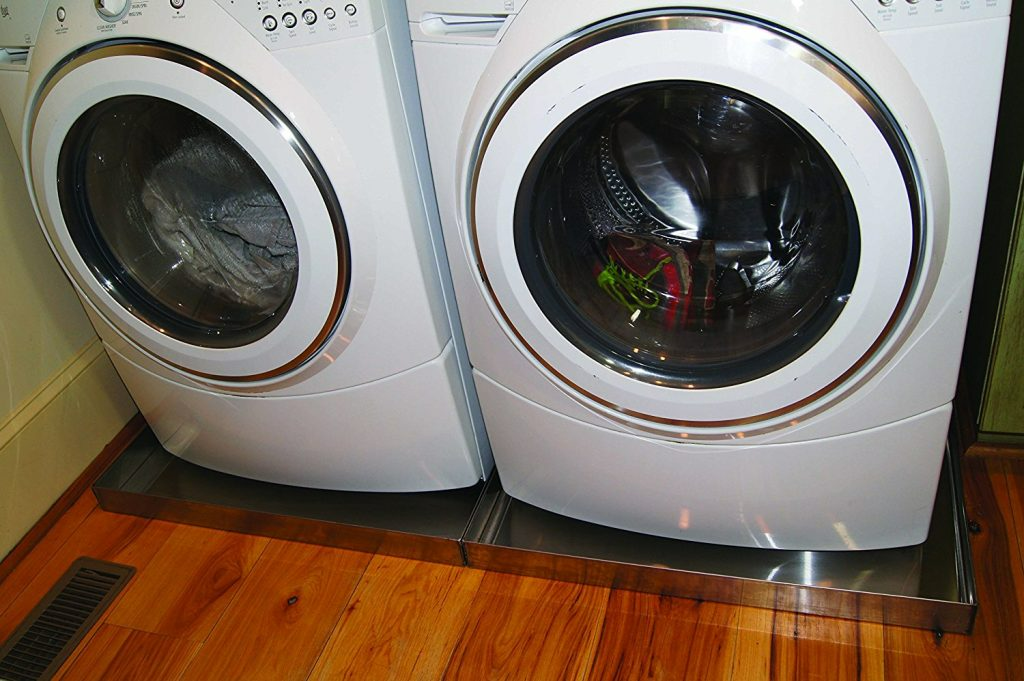
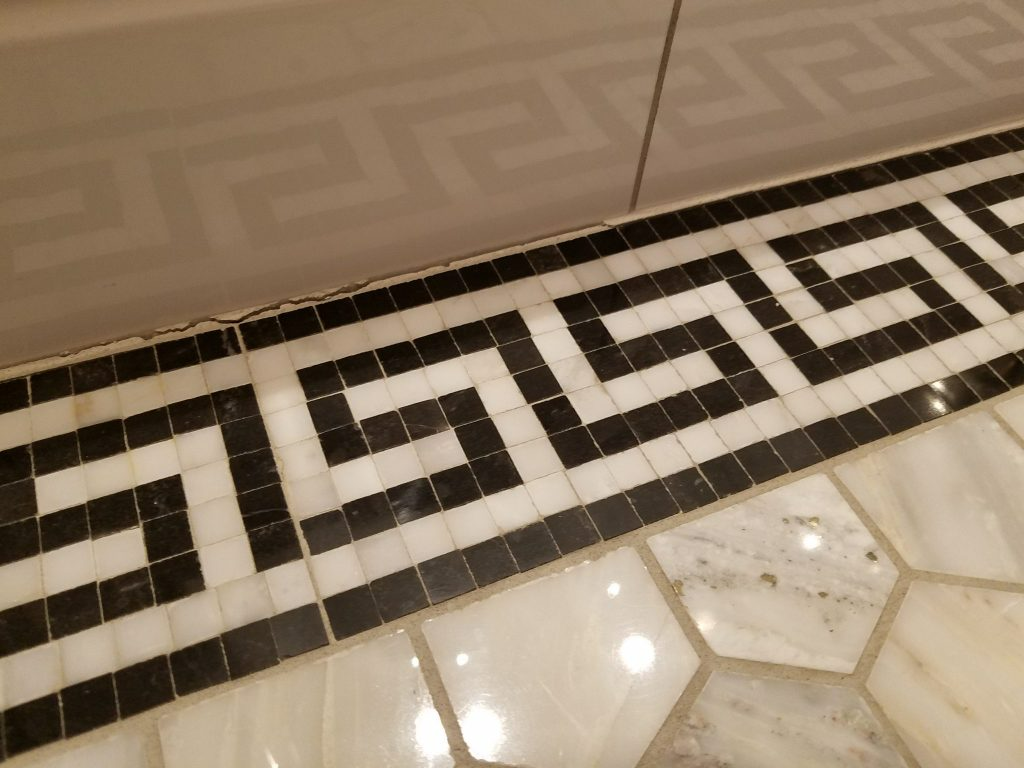





0 Comment(s)